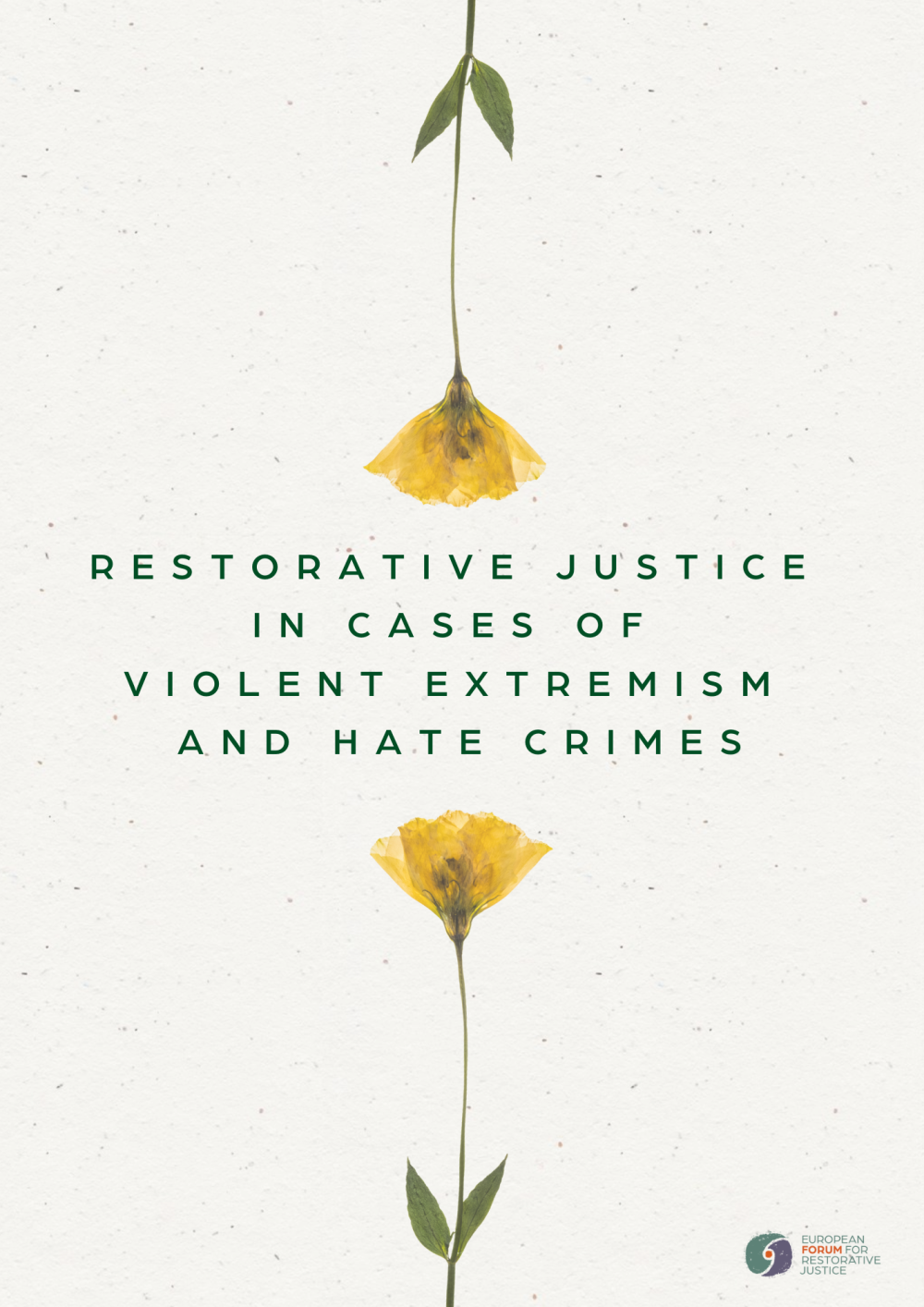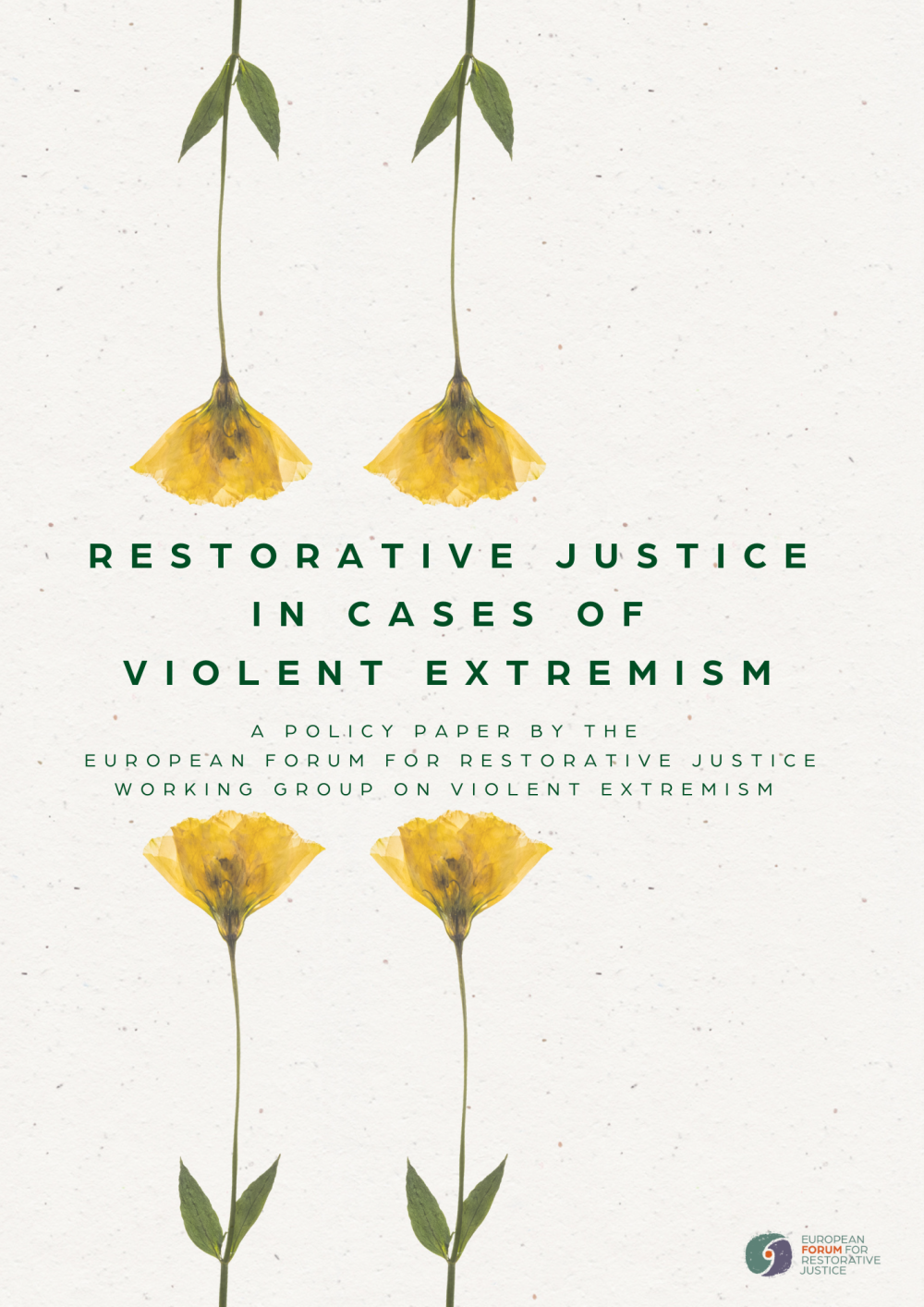
Violent extremism refers to radical political, ideological or religious views which lead to the adoption of violent acts by an individual or group pursuing a certain cause or belief.
- Harm is often justified by a political ideology and strategy, and violence is an expression of anger due to perceived experiences of injustice, exclusion and oppression;
- Harm, victimisation and trauma on individual, collective and social levels are the consequences of the violence;
- Emotional engagement and search for belonging and solidarity are among the motivations for joining an extremist group and engaging in acts of violence;
- The role of individuals change over the course of time, from victims to offenders;
- The objectification of victims, often chosen by chance, is difficult to understand and accept (how to respond to the usual question “Why me?”);
- The traditional criminal justice system intervenes with a highly punitive security response which often reinforces the sense of injustice that motivated the extremism in the first place;
- The failure to engage in societal and psychological responses, to respond to the underlying problems and to include and support all affected victimised groups sustains collective feelings of injustice and insecurity.



